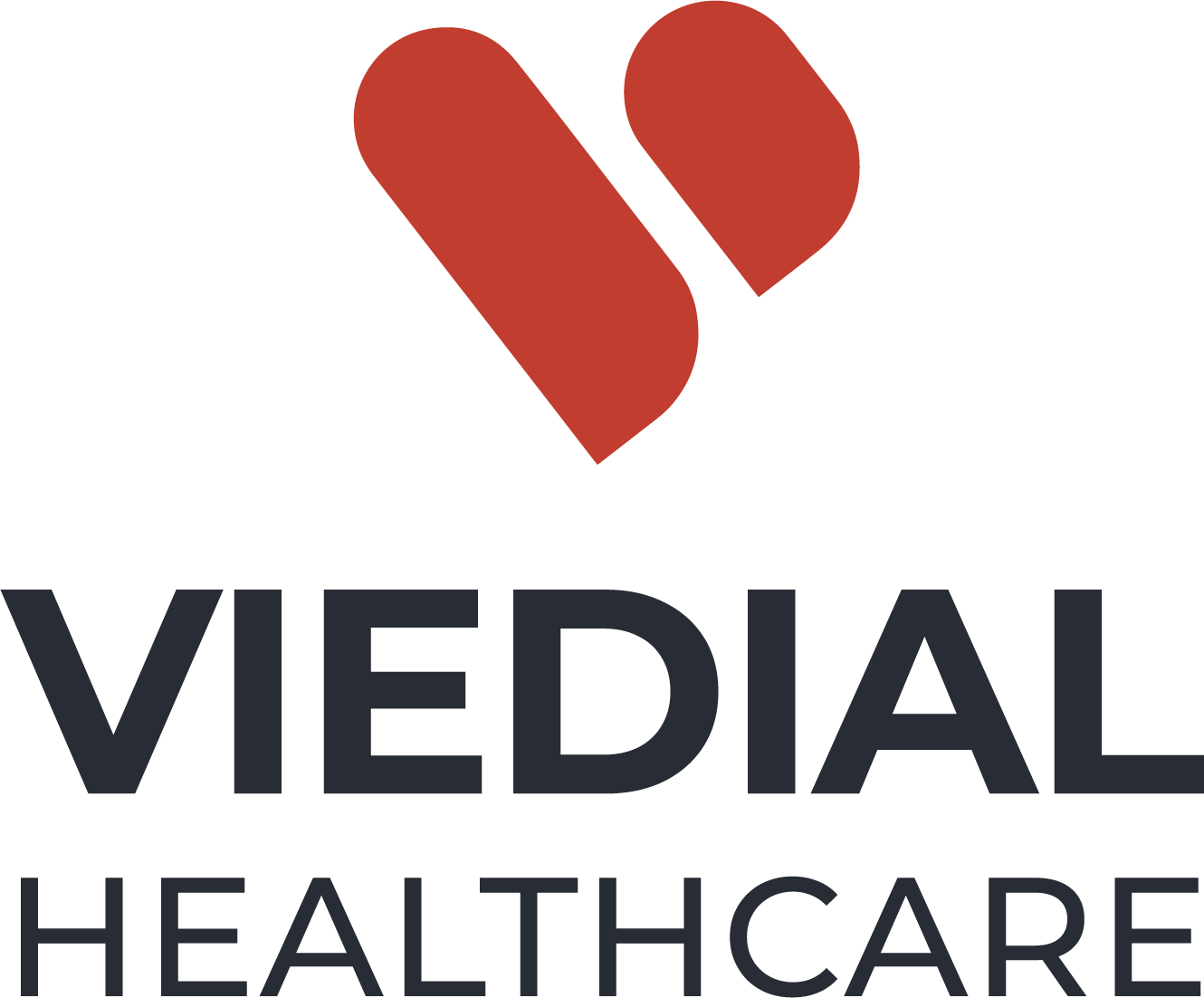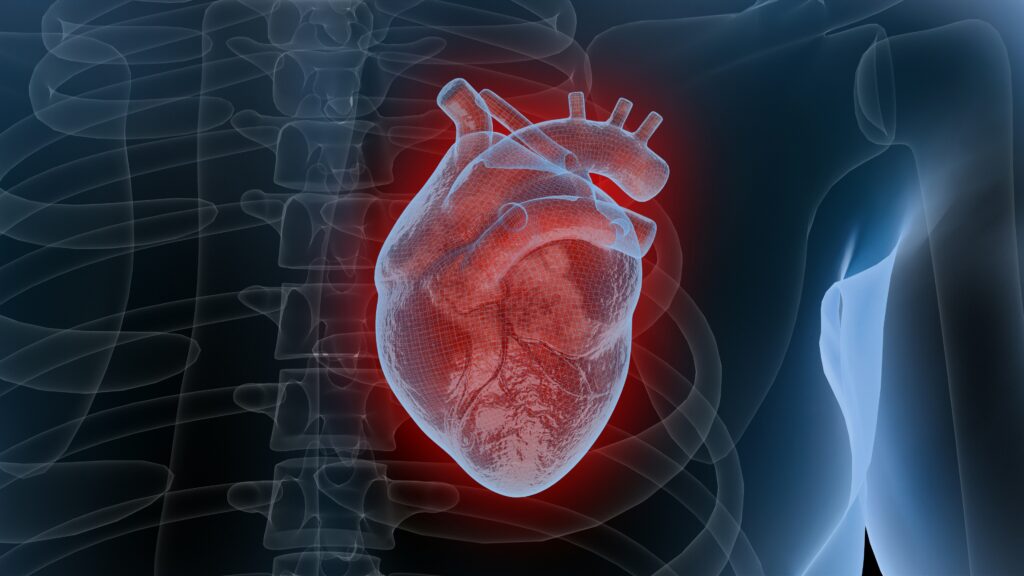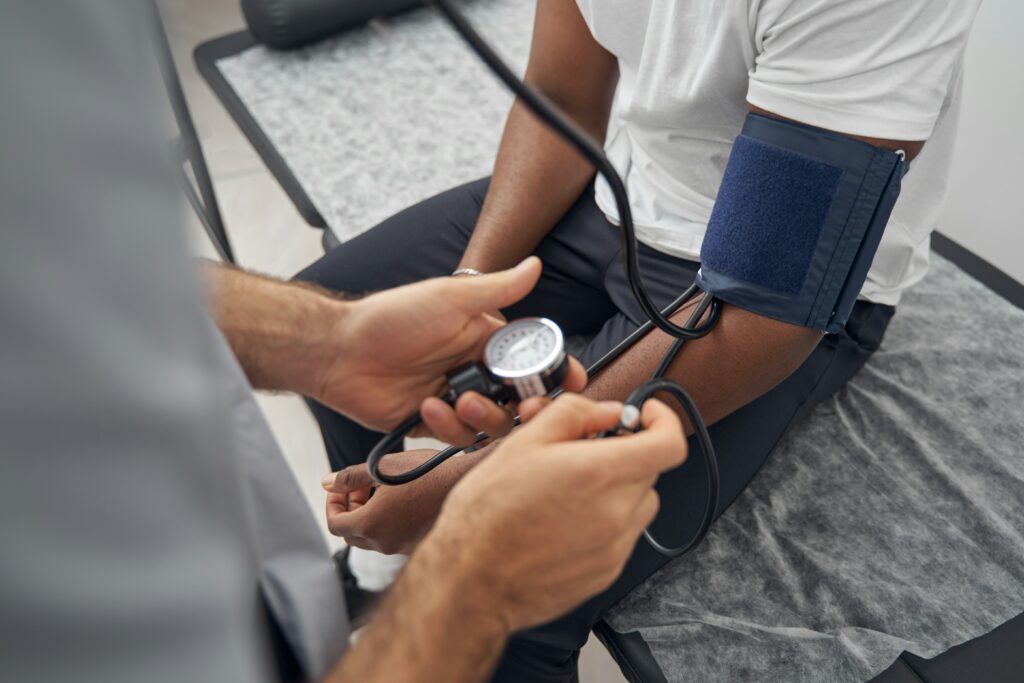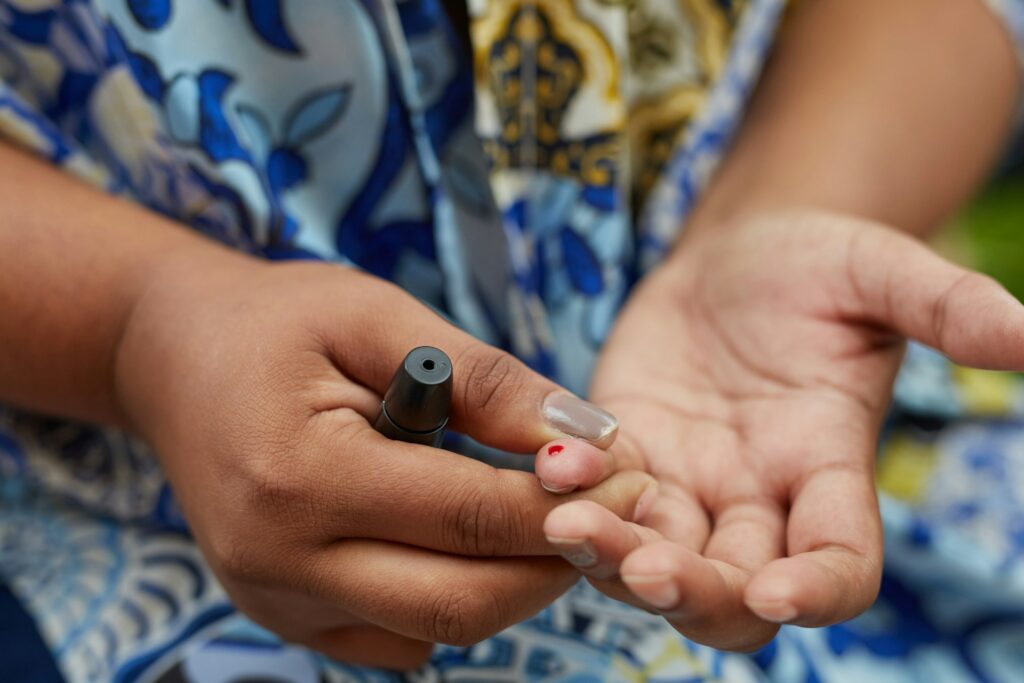
Benefits of physical activity
Physical activity or exercise has a lot of health benefits. We will discuss how these benefits work together to reduce the risk of developing type 2 diabetes.
1. Prevent or delay Type 2 Diabetes
During exercise, the muscle cells contract and absorb blood sugar. This effect can continue after exercise for more than 24 hours. Exercise also improves the ability of the body cells to respond to insulin at rest or after eating food. This effect of exercise on insulin action at rest and after food as well as glucose absorption by muscle cells during exercise helps to maintain blood sugar levels within normal levels.
2. Give you more energy
Exercise improves feelings of vitality and reduces feelings of fatigue. This helps people to feel stronger. The longer and/or more intense the exercise, the more the feelings of vitality. The effect of exercise in reducing fatigue can be experienced during exercise or after exercise. The improved feeling of vitality helps people to maintain a regular physical activity routine and this helps to reduce blood sugar in the long run.
3. Help you sleep better
Exercise helps people to fall asleep faster and also improves sleep quality. Exercise improves the production of melatonin, the hormone that regulates sleep. Exercise also acts on the nervous system to reduce feelings of stress and counter the effect of stress on sleep. Exercise also helps to regulate body temperature keep it within normal limits and make it easier to feel sleepy and stay asleep. Improved sleep improves mood and enhances feelings of vitality required to sustain a regular physical activity routine.
4. Improve your memory
Exercise improves both short-term and long-term memory. Exercise improves blood and oxygen flow to the brain and this improves the function of the brain including memory. Exercise slows down memory loss that is associated with aging.
5. Lower your blood pressure and cholesterol
Exercise reduces blood pressure. It helps the blood vessels to relax and this reduces the pressure that blood uses to pass through the blood vessels. It also makes the heart stronger and makes it easier for the heart to pump blood with less pressure.
6. Lower your risk of heart attack and stroke
Exercise works in multiple ways to reduce the risk of heart attacks, strokes, and other cardiovascular diseases. Exercise increases the sensitivity of body cells to insulin. It reduces insulin resistance, thus making blood vessels open more and reducing the damage to blood vessels from high blood pressure and high blood sugar. Exercise also reduces blood cholesterol levels, and this reduces the build-up of plaques in the blood cells and the damage they cause. Exercise also helps in the release of other substances such as nitric oxide and leptin that protect the heart and blood vessels.
7. Strengthen your muscles and bones
Exercise makes the muscles and bones stronger. Resistance exercise helps in building muscles and makes the muscles stronger. More importantly, exercise reduces the loss of muscle and bone mass as people get older.
Sources
- Wender, C. L. A., Manninen, M., & O’Connor, P. J. (2022). The Effect of Chronic Exercise on Energy and Fatigue States: A Systematic Review and Meta-Analysis of Randomized Trials. Frontiers in psychology, 13, 907637. https://doi.org/10.3389/fpsyg.2022.907637
- Alnawwar MA, Alraddadi MI, Algethmi RA, Salem GA, Salem MA, Alharbi AA. The Effect of Physical Activity on Sleep Quality and Sleep Disorder: A Systematic Review. Cureus. 2023 Aug 16;15(8):e43595. doi: 10.7759/cureus.43595. PMID: 37719583; PMCID: PMC10503965.
- Loprinzi PD, Roig M, Etnier JL, Tomporowski PD, Voss M. Acute and Chronic Exercise Effects on Human Memory: What We Know and Where to Go from Here. J Clin Med. 2021 Oct 20;10(21):4812. doi: 10.3390/jcm10214812. PMID: 34768329; PMCID: PMC8584999.
- Alpsoy Ş. (2020). Exercise and Hypertension. Advances in experimental medicine and biology, 1228, 153–167. https://doi.org/10.1007/978-981-15-1792-1_10
- Tian, D., & Meng, J. (2019). Exercise for Prevention and Relief of Cardiovascular Disease: Prognoses, Mechanisms, and Approaches. Oxidative medicine and cellular longevity, 2019, 3756750. https://doi.org/10.1155/2019/3756750
- Dalle Carbonare, L., Minoia, A., Zouari, S., Piritore, F. C., Vareschi, A., Romanelli, M. G., & Valenti, M. T. (2023). Crosstalk between Bone and Muscles during Physical Activity. Cells, 12(16), 2088. https://doi.org/10.3390/cells12162088
- D’Onofrio, G., Kirschner, J., Prather, H., Goldman, D., & Rozanski, A. (2023). Musculoskeletal exercise: Its role in promoting health and longevity. Progress in cardiovascular diseases, 77, 25–36. https://doi.org/10.1016/j.pcad.2023.02.006



